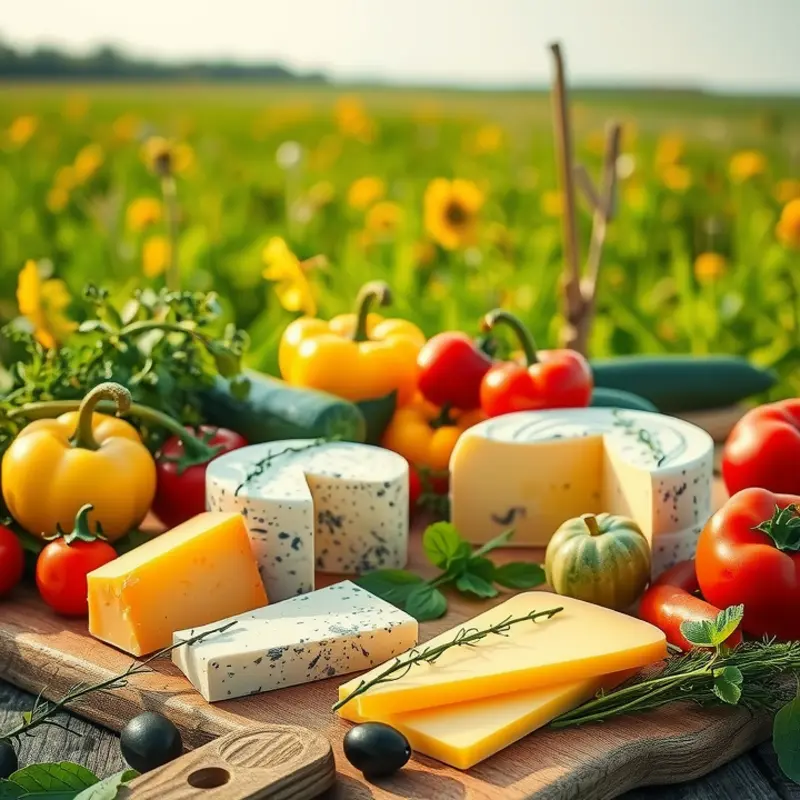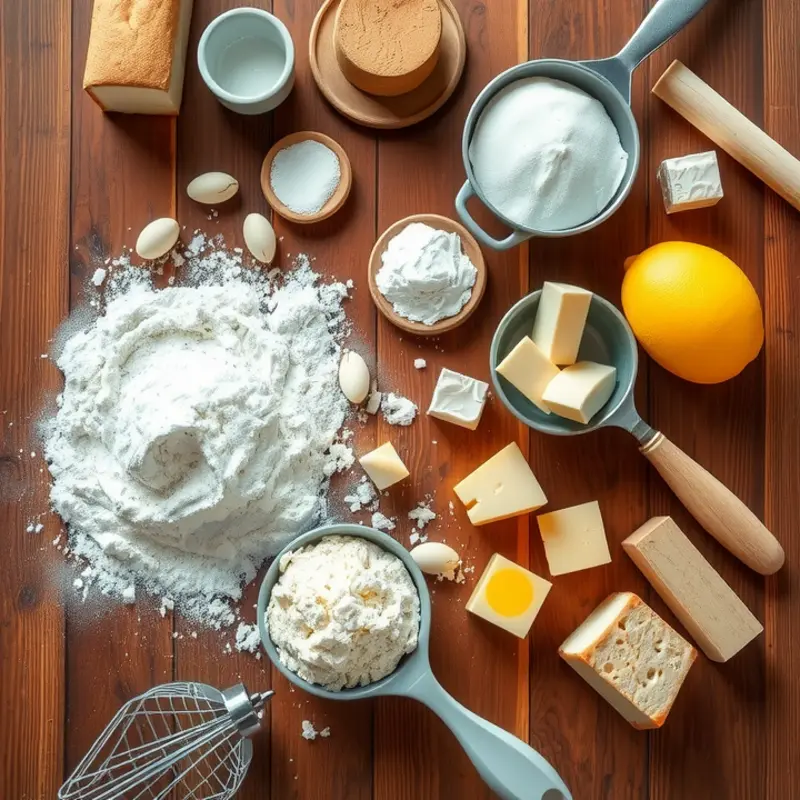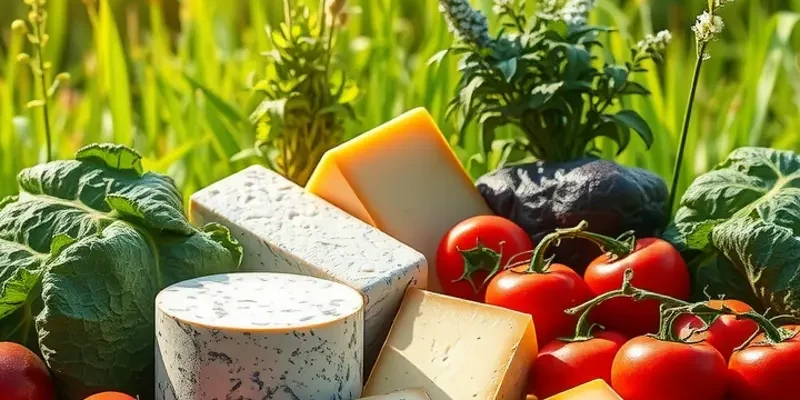Creating a delicious cheese sauce can elevate any dish, from pasta to vegetables. However, achieving the perfect smoothness can sometimes be a challenge for home cooks. With the right techniques and ingredients, you can learn how to avoid lumps and achieve that luscious, creamy consistency that makes cheese sauces irresistible. Whether you’re an experienced cook or just starting out, these clear and practical tips will guide you through the process, ensuring success every time you whisk up a batch.
Choosing Your Cheese: The Right Varieties Matter

Selecting the proper cheese is the cornerstone of a delightful cheese sauce. Different cheeses melt differently; some transform into silky perfection, while others turn grainy or overly oily. The choice of cheese affects both flavor and texture, making it crucial to understand the characteristics of each variety.
One popular option is cheddar. Known for its sharp flavor, cheddar cheese is versatile and widely favored for savory sauces. It melts well, especially when aged between 6 months to a year. Younger cheddars can become grainy if heated too quickly, so it’s best to melt them slowly over gentle heat. Gouda, on the other hand, offers a nutty and slightly sweet flavor profile. Its higher fat content means it melts smoothly, enhancing the creaminess of your sauce.
Cream cheese introduces a tangy richness, ideal for thickening sauces without overpowering other flavors. It’s often used to add body to a sauce that’s going to accompany vegetables or pasta. Incorporating cream cheese can be an excellent tactic to achieve a smooth consistency if you’re finding your sauce too thin.
For a blend of flavors, combining cheeses can provide depth and complexity. A mix of sharp cheddar and a softer Havarti can yield a balanced sauce with a creamy base and a mild tang. If you’re adventurous, consider integrating a small amount of blue cheese for an intense flavor punch. However, balance is vital; stronger cheeses should be used sparingly to avoid overwhelming your dish.
Texture is as important as flavor. A well-melting cheese should be high in moisture and fat. This characteristic is found in cheeses like Monterey Jack and Swiss. Both offer delicate flavors and melt to a creamy texture, making them suitable base cheeses. They can be combined with more potent cheeses to create a harmonious sauce.
Salt content is another factor to consider when choosing your cheeses. Hard cheeses like Parmesan bring salinity and umami without the need for additional salt in the sauce. Parmesan can also serve as a thickening agent due to its dry texture when grated.
Pairing flavors enhances the sauce’s appeal. Incorporating ingredients like garlic, mustard, or nutmeg can complement the cheese’s natural flavors. Adding a splash of white wine or beer can also elevate the taste, offering a layer of sophistication. For cooks keen on reducing salt while boosting flavor, refer to this guide on flavor boosters that might offer inventive ways to substitute without compromising taste.
Understanding these nuances allows you to craft cheese sauces that are not only smooth but also fragrant and satisfying. With the proper selection and pairing of cheeses, your sauces will elevate from ordinary to extraordinary.
Technique for Success: Making Your Sauce Smooth

Crafting a remarkably smooth cheese sauce hinges on a few essential culinary techniques. The foundation of many great sauces begins with a properly made roux. To start, melt equal parts butter and flour over medium heat, stirring consistently with a whisk. The flour should absorb the butter and form a paste, indicating it’s ready for the next ingredients.
Once you achieve the right consistency, it’s crucial to manage your temperatures. Introducing cold liquids to a hot roux can result in a lumpy sauce. Instead, gradually whisk in warm milk until the mixture becomes a smooth, thick béchamel sauce. Keep the heat moderate to avoid scorching the milk, which could impact the flavor and texture.
Whisking is another critical factor in the smoothness of your sauce. A balloon whisk works best, as its design can effectively incorporate ingredients and break down any lumps that might form. Maintain a continuous, gentle stirring motion throughout the cooking process to ensure the sauce stays smooth and homogenous.
When adding cheese, the key is gradual incorporation. Choose cheeses that melt well and grate them finely. Add the cheese slowly, a handful at a time, whisking continuously to encourage even melting without overheating the mixture. A sudden influx of cheese can cause it to pool and melt unevenly.
Incorporating other liquids can enhance the creaminess. For instance, a splash of cream or half-and-half can enrich the sauce’s texture. Alternatively, a spoonful of sour cream or crème fraîche added at the end can provide a tangy richness. Ensure any additional liquids are at room temperature to prevent temperature shocks.
Remember, achieving a smooth cheese sauce is a process that benefits from patience and precision. With practice, you’ll be able to master this art. For additional sauce-related tips, check out our guide on easy sauce simmering techniques.
Final words
Achieving a perfectly smooth cheese sauce is a skill every home cook can learn with practice and the right techniques. By choosing the appropriate cheese varieties and mastering key cooking methods, you can transform everyday dishes into gourmet experiences. Don’t hesitate to experiment with different cheeses and flavors to discover what delights your palate. With these tips, you’re now well-equipped to impress family and friends with your unforgettable cheese sauces. Remember, the journey to culinary success is paved with trial and error – so keep whisking, tasting, and refining your skills!







